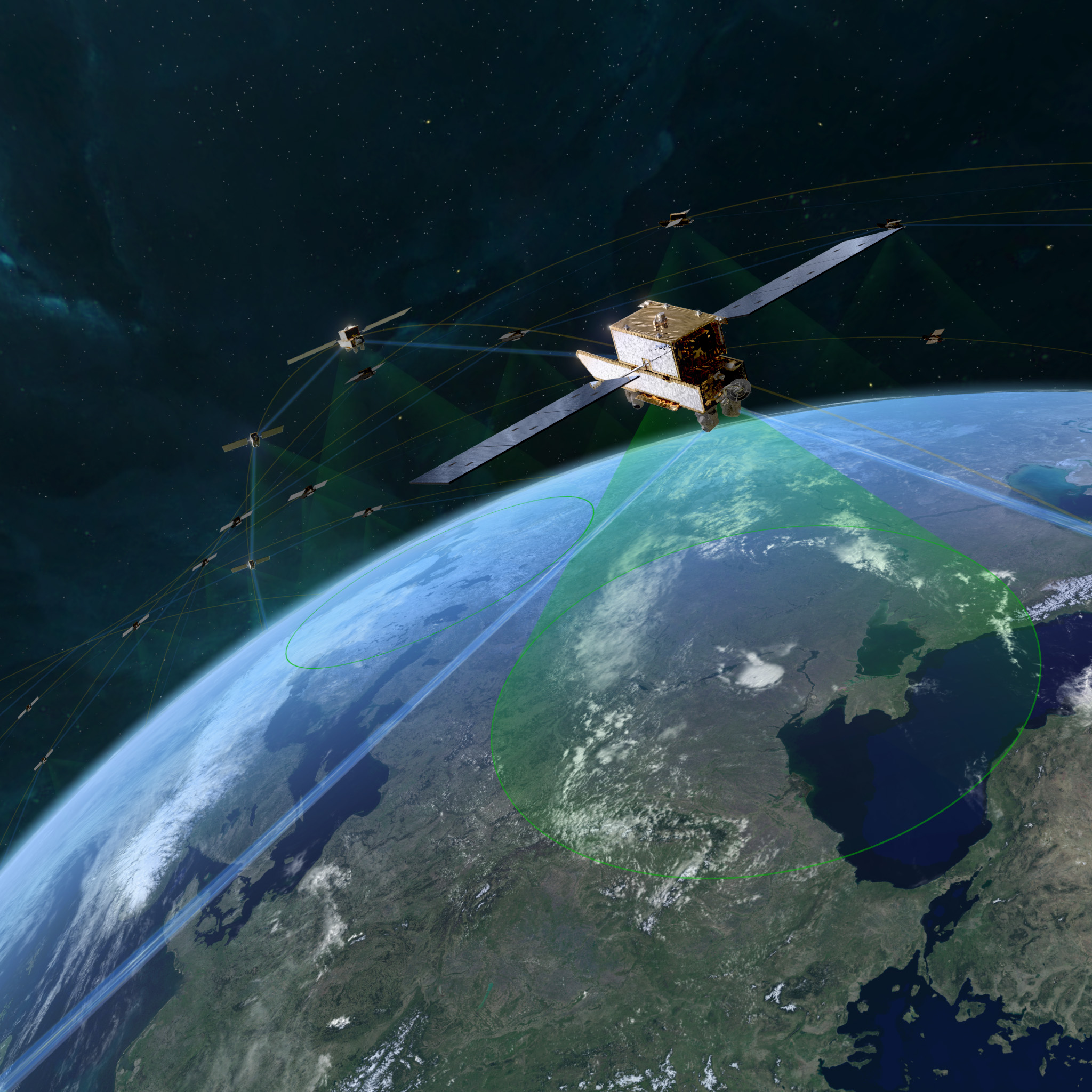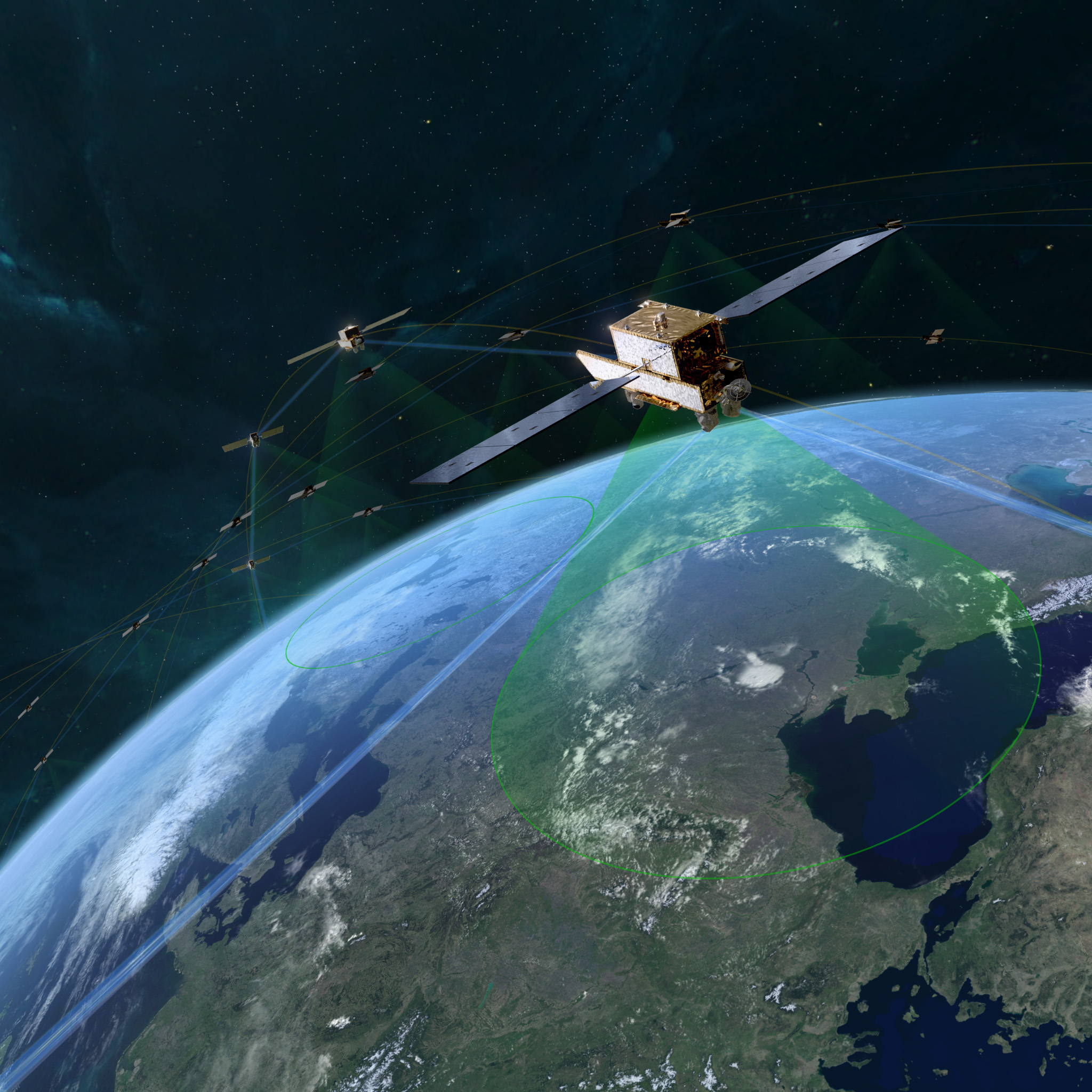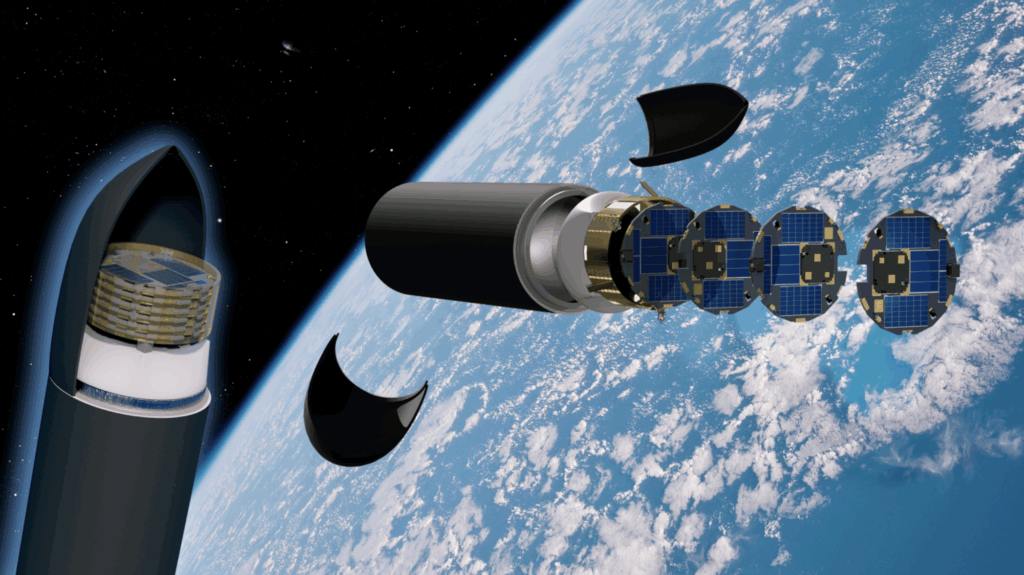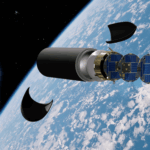Now Reading: Pentagon’s mega-constellation still hampered by supply chain issues: GAO report
-
01
Pentagon’s mega-constellation still hampered by supply chain issues: GAO report
Pentagon’s mega-constellation still hampered by supply chain issues: GAO report


WASHINGTON — More than two years after the Space Development Agency first flagged supply chain risks in its low Earth orbit satellite program, problems persist that could disrupt deployment schedules, according to a new Government Accountability Office (GAO) report released June 11.
GAO’s latest annual assessment of Defense Department weapons systems scrutinizes the Proliferated Warfighter Space Architecture (PWSA), a program managed by the U.S. Space Force’s Space Development Agency (SDA) that aims to deploy hundreds of interconnected satellites to provide global missile tracking and secure data transport.
The GAO specifically looked at the forthcoming deployments of portions of the PWSA: 86 missile-tracking satellites estimated to cost $6.6 billion; and 336 data transport satellites projected to cost $8.3 billion.
The PWSA represents a major shift in U.S. military space strategy — from relying on a small number of large, expensive satellites to fielding a resilient network of smaller, faster-built spacecraft in low Earth orbit.
But the rapid cadence the agency envisions continues to run headfirst into production and logistics hurdles, GAO said.
Optical terminals not yet delivered
SDA officials over the past year said satellite manufacturers under contract to build spacecraft for the PWSA have moved to shore up their supplier base.
But the GAO report reveals continued shortages in a key area: optical communications terminals. These are the laser links that enable data communications between satellites. Transport Layer Tranche 1 alone requires more than 500 of these terminals. As of January 2025, only 20 had been delivered, said GAO.
The agency noted that SDA has provided additional funding to terminal manufacturers to scale up production. The launch of Tranche 1 satellites already slipped from fall 2024 to summer 2025.
A Space Development Agency spokesperson said June 11 in a statement to SpaceNews that SDA “is on track to launch the first Tranche 1 satellites of the Proliferated Warfighter Space Architecture by the end of this summer.”
To mitigate further delays, said GAO, SDA is taking calculated risks with encryption devices required for its satellites. Rather than waiting for full certification, the agency is working with the National Security Agency to launch satellites under a temporary “authority to operate” that will remain in place while final testing and documentation are completed.
Old debate continues
The new report also shows that longstanding disagreements between GAO and SDA about development methodology remain. GAO continues to raise concerns about SDA not doing enough testing with one tranche of satellites before launching another one — an issue that was raised previously by GAO in a February report, prompting SDA to issue a rebuttal defending its strategy.
In recent months, SDA announced plans to implement new processes and due diligence measures. Starting with Tranche 3, it will rely on a contractor to serve as network integrator to make sure satellites from different vendors are interoperable.
But GAO does not appear to be satisfied that SDA is doing enough to demonstrate it has a “minimum viable product” before deploying the next tranche. “Although the program identified the capabilities for an MVP, it is not taking the important step of fully demonstrating the MVP before moving forward with the next iteration,” said the report.
SDA officials told GAO that “performance outcomes of the MVP in one tranche will not affect the schedule of other tranches.” GAO noted that it “previously found that demonstrating an MVP — or capability — before starting the next iteration is an important aspect of iterative development used by leading companies.”
SDA maintains that its technical approach remains sound. Tracking Layer Tranche 0 satellites — eight satellites launched in 2024 as a demonstration — reduced risk for Tranche 1 “by demonstrating suppression of unwanted signals and shared tracks with the Missile Defense Agency, Space Systems Command, and others,” SDA officials told the congressional watchdog agency.
The Transport Layer Tranche 0, SDA said, reduced risk for Tranche 1 by demonstrating laser space links as well as demonstrating a radio frequency link from space to land, sea, and air assets for the first time. SDA expects Tranche 1 to provide global communications and deliver regional data connectivity to military combatant commands.
PWSA’s structure
The PWSA is structured in layers, each providing functions such as global communications, missile warning and tracking, battle management, and secure data transport. The agency employs a spiral development model, delivering new satellites every two years in “tranches.”
The Tracking Layer Tranche 1 represents the first tranche of low-Earth orbit satellites equipped with infrared sensors that will provide missile warning and missile tracking capabilities. The Tracking Layer will be interconnected via laser communications in orbit with the Transport Layer that provides data communications.
Stay Informed With the Latest & Most Important News
Previous Post
Next Post
-
 012024 in Review: Highlights from NASA in Silicon Valley
012024 in Review: Highlights from NASA in Silicon Valley -
 02Panasonic Leica Summilux DG 15mm f/1.7 ASPH review
02Panasonic Leica Summilux DG 15mm f/1.7 ASPH review -
 03From Polymerization-Enabled Folding and Assembly to Chemical Evolution: Key Processes for Emergence of Functional Polymers in the Origin of Life
03From Polymerization-Enabled Folding and Assembly to Chemical Evolution: Key Processes for Emergence of Functional Polymers in the Origin of Life -
 04How New NASA, India Earth Satellite NISAR Will See Earth
04How New NASA, India Earth Satellite NISAR Will See Earth -
 05And Thus Begins A New Year For Life On Earth
05And Thus Begins A New Year For Life On Earth -
 06Astronomy Activation Ambassadors: A New Era
06Astronomy Activation Ambassadors: A New Era -
07SpaceX launch surge helps set new global launch record in 2024




















